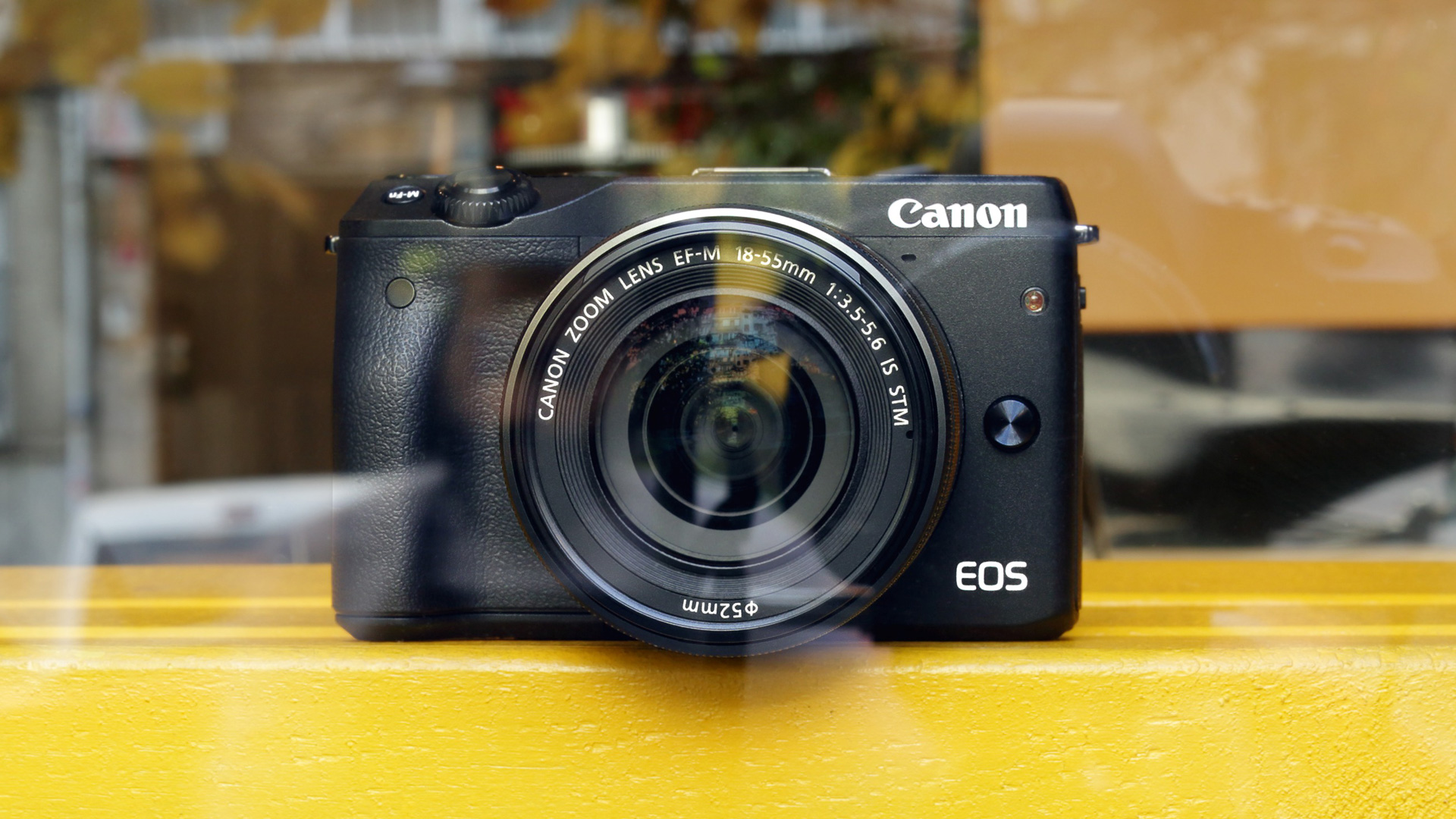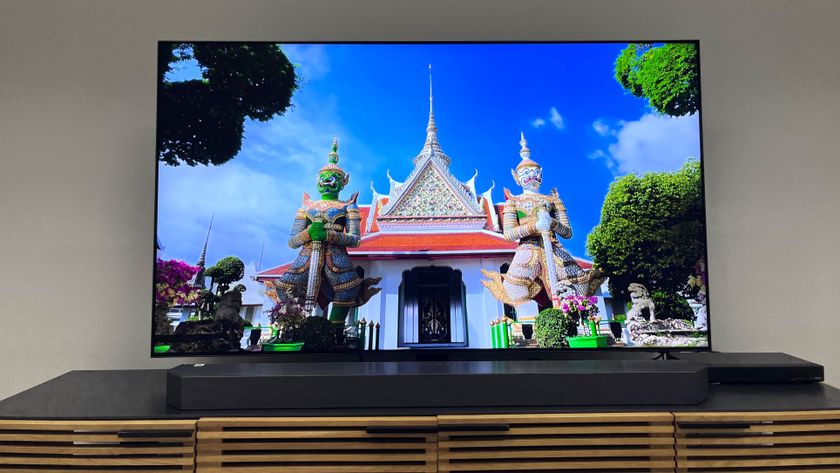TechRadar Verdict
While the M3 is very capable, the 18-55mm kit limits detail resolution significantly and the autofocus system has a habit of focusing on the background rather than the subject.
Pros
- +
24Mp APS-C format sensor
- +
Excellent interface
- +
Plenty of control
Cons
- -
Limited EF-M mount lens range
- -
Frustrating autofocus system
- -
No viewfinder built-in
Why you can trust TechRadar
Canon's first compact system or mirrorless system camera, the EOS M, seemed very good on paper, but at launch it was expensive and let down by a lacklustre autofocus system that was slow and prone to hunting. Canon issued firmware upgrades that improved the autofocus performance significantly and the price fell with the passage of time, but the damage was done.
Now, in the UK at least, we have the M3. Like the M, the M3 uses an APS-C format sensor, but this time the manufacturer has plumped for the same 24.2-million-effective-pixel device used in the new Canon 750D and Canon 760D. It's also coupled with the same DIGIC 6 processor as the two new DSLRs have.
This combination allows a native sensitivity range of ISO 100-12,800 with an expansion setting of ISO 25,600. That's the same as the original M, but that only had an effective pixel count of 18 million so it will be interesting to see how the new camera handles noise.
Bearing in mind the issues with the original M, the M3 has Canon's latest 49-point Hybrid CMOS AF III autofocus system. Canon claims that this brings a 6x speed increase over the original EOS M after the firmware upgrades. It's also possible to shoot continuously at up to 4.2fps (frames per second) for approximately 1000 large Fine (highest) quality JPEGs or 5 raw files. That's not exactly a blistering pace by modern standards, but it's reasonable.
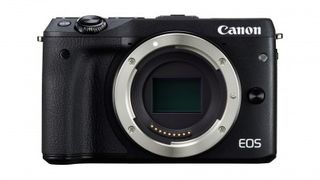
Canon is aiming the M3 at enthusiast photographers, so naturally it has aperture priority, shutter priority and manual exposure modes along with a collection of automated options that are helpful for less experienced photographers.
These include Creative Assist mode which is designed to help novice photographers take control of the camera and adjust brightness, background blur, color saturation, contrast, warmth and filter effects and see them applied live – and then you can save these effect combinations to use them again without having to understand photographic terms like aperture. It's even possible to save up to six of your favourite setting combinations for future reuse.
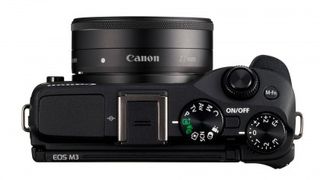
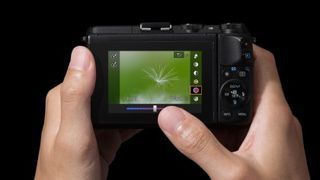
There's also the usual array of metering modes (384-zone Evaluative, Partial covering 10% at the centre, Spot covering 2% and Centre weighted), exposure compensation to +/-3EV and a shutter speed range of 30-1/4000sec plus bulb mode.
As is now de rigueur, the EOS M3 has Wi-Fi and NFC connectivity built in to allow fast connection to compatible smartphones and tablets. Once a connection has been made the camera can be controlled remotely and images transferred wirelessly using Canon's free Camera Connect app.

The inclusion of a pop-up flash (GN 5 at ISO 100) and a hotshoe tops-off a pretty comprehensive specification for the M3. The only really glaring omission is a viewfinder; there isn't one built-in. There is, however, an optional electronic viewfinder (EVF-DC1) available. This is the same unit as can be used with the G1X Mark II and it adds about £100 to the cost of a M3 and lens kit. While this is considerable extra cost, it's cheaper than purchasing it by itself as it costs around £249.
It's important to remember that although the EOS M3 uses the same sensor as the 750D and 760D it has the EF-M lens mount that was introduced with the original M. This new mount is necessary because creating a mirrorless camera allows the lens mount to be closer to the sensor than it is in an SLR and a new breed of lenses is required. To date there are still only four Canon EF-M lenses, but there is the EF-EOS M mount adaptor that allows EF and EF-S lenses to be mounted on the M3.
